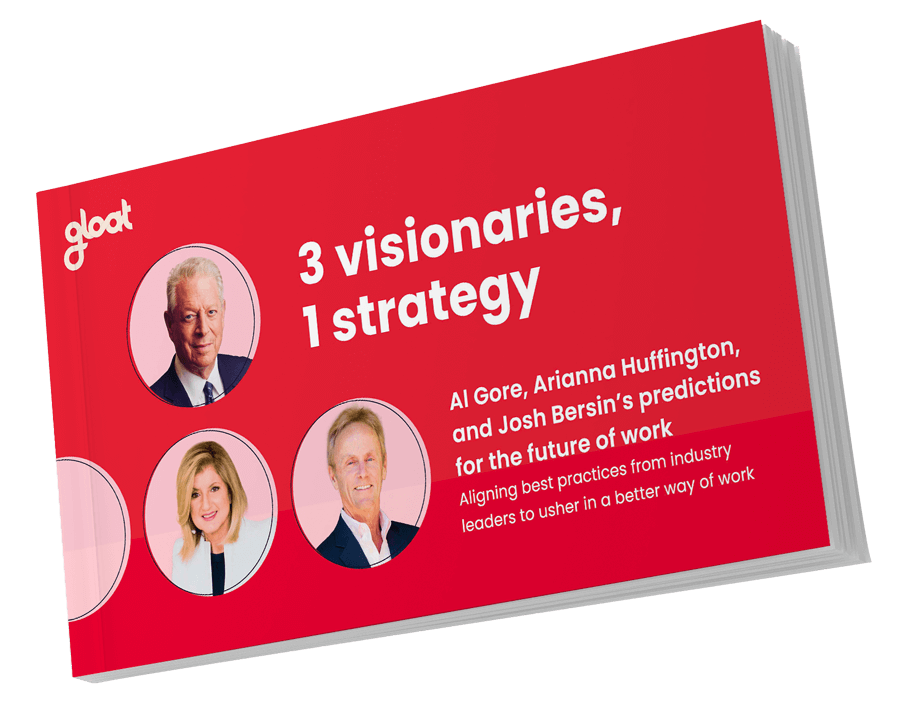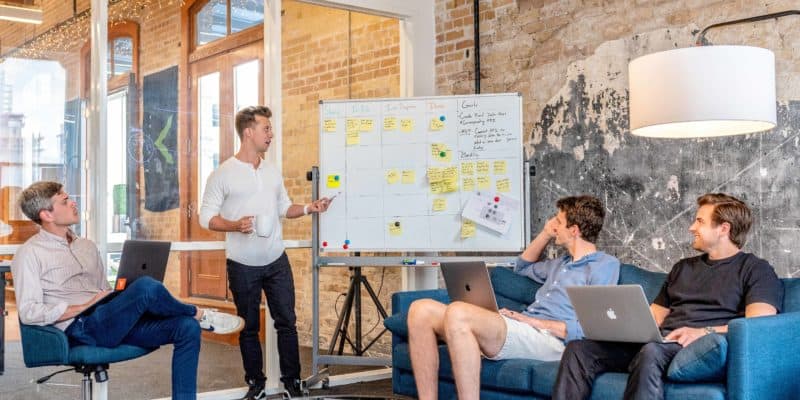How 2024 job market dynamics are shaping employee experiences
From free snacks and extravagant happy hours to unlimited PTO and flexible work policies, companies are pulling out all the stops to boost morale—but few organizations have the results to show for it. While businesses spend approximately $2,500 per worker annually to improve employee experience, only 13% of employees are fully satisfied with their day-to-day work lives. Rather than

From free snacks and extravagant happy hours to unlimited PTO and flexible work policies, companies are pulling out all the stops to boost morale—but few organizations have the results to show for it. While businesses spend approximately $2,500 per worker annually to improve employee experience, only 13% of employees are fully satisfied with their day-to-day work lives.
Rather than treating workers to occasional perks, savvy leaders recognize that the secret to improving the employee experience is connecting people to meaningful growth opportunities that will pave the way for lasting satisfaction. This upgraded employee experience strategy is not only a win for employees—it’s also a smart move for businesses that are looking to tighten their budgets in the face of ongoing economic uncertainty. Particularly as skill gaps widen and market volatility continues, no company can afford to lose highly skilled employees.
While it’s easy to understand why executives are looking to change up their employee experience tactics, many leaders are struggling to implement these skills-based talent management models. Fortunately, there are a few steps they can take to craft an employee experience strategy that aligns with the shifting job market demands that businesses and employees are grappling with today.
Putting employee experience in focus
Before leaders can begin upgrading their employee experience strategy, it’s important to understand what the term means in the first place. It’s used to describe the entire employee journey, from the moment a prospective applicant looks at your job opening to the offboarding process they go through when leaving the organization.
To master employee experience management, leaders must listen to their workforce at every stage of the employee lifecycle, identify what matters most to them, and create personalized experiences that align with these preferences.
Employee experience is foundational to business performance because how employees feel about their employer and the work they are doing will impact how hard they work, how much they collaborate, and whether or not they are invested in improving operational performance. Companies that invest in employee experience have been found to outperform those that don’t by 2X in terms of average profit and they’re twice as likely to be found in the American Customer Satisfaction Index.
5 major trends that are shaping employee experience
If you’re looking to give your employee experience strategy an update that’s fit for today’s ever-evolving job market dynamics, here are a few steps to get started:
#1. Shifting from growing to retaining talent
The way companies are navigating talent landscapes is radically shifting. Rather than focusing on hiring and growing headcount as much as possible, organizations are becoming more strategic about the roles they wish to invest in and generally following the guidance to do more with less.
As a result, most businesses are eager to retain the talent they have, particularly when employees possess in-demand skills. The emphasis is no longer on luring new talent with perks and benefits but instead on showing internal talent that their future with the organization is bright by equipping them with seamless access to experiential learning opportunities that align with their skills and aspirations.
#2. Internal advancement and career growth
As organizations rethink their hiring practices and overall job openings and resignations trend down, there’s one talent management tactic that’s stepping into the spotlight: internal mobility. Given that 67% of employees say they would leave their jobs if internal mobility wasn’t offered, it’s clearly a win from an employee experience perspective.
But internal mobility can also be an incredible cost-saving initiative, since it helps companies cut the high costs that are typically associated with recruiting and training new hires. Equipping your entire workforce with access to opportunities is quickly becoming a key component of creating a compelling employee experience. In fact, the latest Gloat research reveals that 63% of employees are interested in being considered for new roles and projects within their organization.
#3. The gig economy and flexible working environments
The days of maintaining a 9-to-5 schedule and working within the confines of a strictly defined job description are coming to a close. As remote and hybrid work environments become more normalized, employees are coming to expect more flexibility when it comes to working hours and locations than past generations did.
In parallel, the way that work is structured is also getting a more dynamic upgrade. Rather than relying on jobs as the primary unit for structuring work, many companies are embracing skills-based approaches that allow talent to be reallocated as new challenges arise and priorities shift. These organizations often harness skills intelligence tools like Gloat’s Skills Foundation to gain an in-depth understanding of where capabilities lie, as well as a talent marketplace to dynamically match employees to open opportunities based on their skills and capacity.
#4. Promoting diversity, equity, and inclusion initiatives
Now that 65% of employees want to work for organizations with strong social and environmental consciences, it’s clear that promoting diversity, equity, and inclusion (DEI) can never be an afterthought. Instead, HR leaders must advocate for their organizations to respond to social and political issues and ensure their workforce has equal access to career development opportunities.
To make good on these promises, many companies are introducing AI-powered talent marketplaces to break down the barriers that traditionally held employees from underrepresented groups back. The platforms match people to projects, gigs, and full-time roles based on their skills and interests, in turn ensuring that potentially bias-inducing external factors are left out of the equation.
#5. The shifting role of technology
Technology is now a core component of every organization’s employee value proposition. Particularly in a world where hybrid and remote working is commonplace, the caliber of your digital work tools will make or break employee experience.
While 90% of C-suite executives believe their company pays attention to people’s needs when introducing new technologies, only about half of their workforce agrees. Beyond merely providing technology that gets the job done, leaders must also consider what innovations will help employees feel more connected to their work and goals.
By equipping employees with on-demand access to learning experiences and skill-building opportunities, talent marketplaces are emerging as an ideal platform for enhancing employee experience. Workers will receive recommendations for projects, mentorships, and full-time roles based on the skills they have and the directions they hope to take their careers in.
To find out more about what employees are looking for in the future of work, check out predictions from Al Gore, Arianna Huffington, and Josh Bersin in 3 visionaries, 1 strategy.





